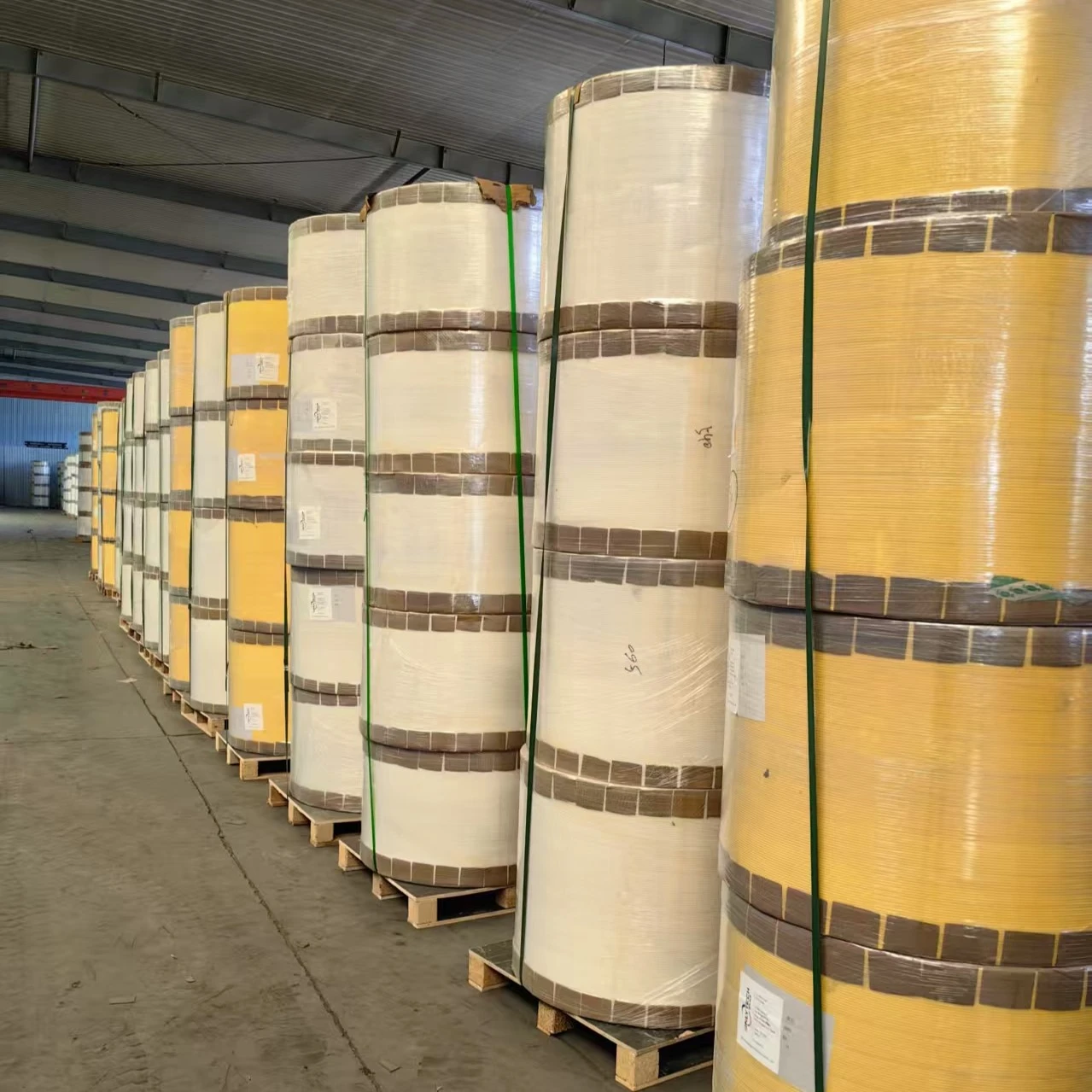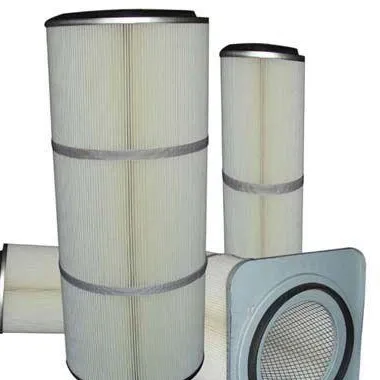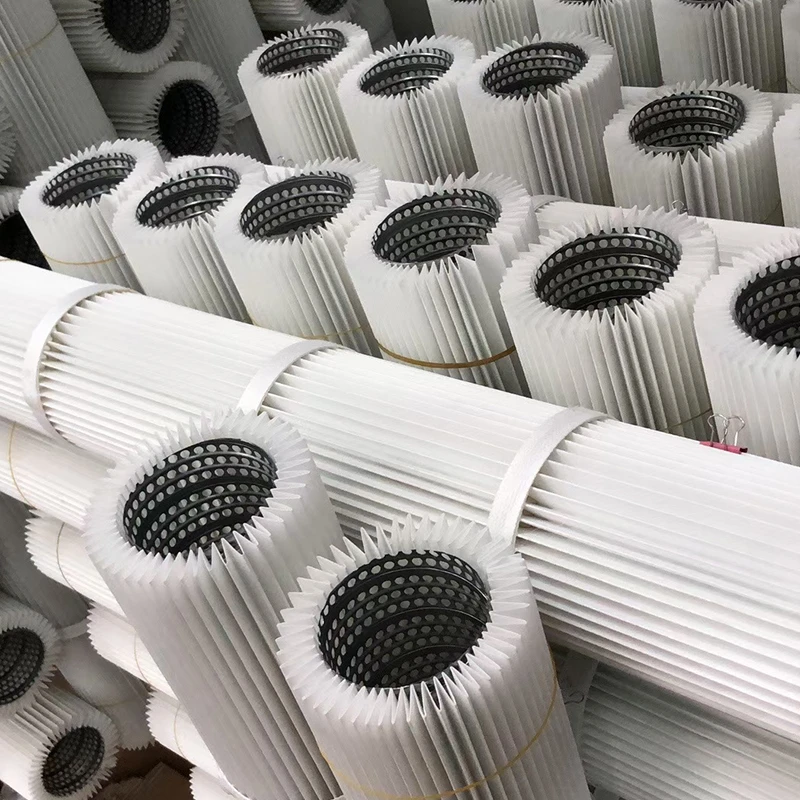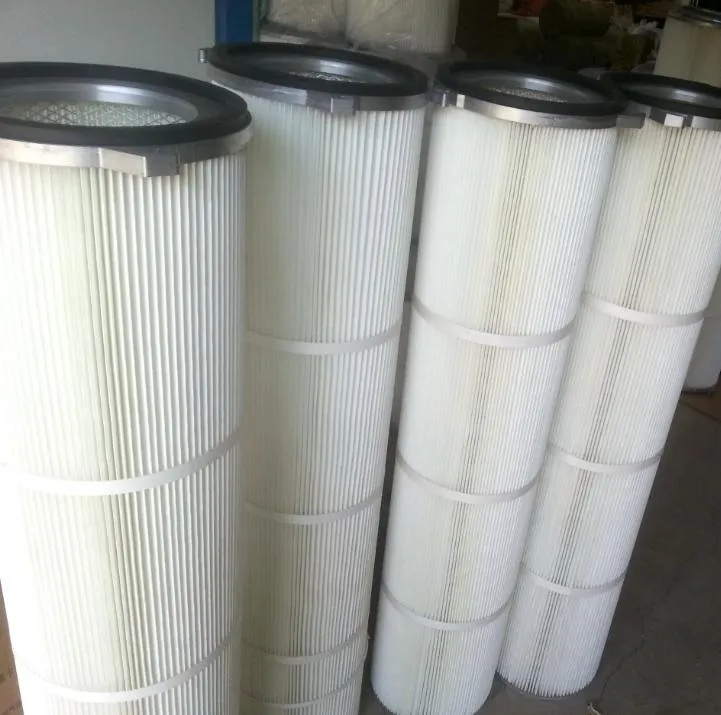 Tel:
+8618931101301
Tel:
+8618931101301
Nov . 25, 2024 19:35 Back to list
Effective Pleated Filters for Enhanced Dust Collection Systems
The Importance of Dust Collector Pleated Filters in Industrial Applications
In various industrial settings, maintaining air quality and minimizing dust emissions is crucial. One of the most effective solutions for achieving this is the use of dust collectors equipped with pleated filters. These filters have gained significant popularity due to their superior performance, efficiency, and longevity compared to traditional filter media. This article explores the advantages of pleated filters in dust collectors, their working principle, and their applications across different industries.
Understanding Dust Collectors and Their Functions
Dust collectors are systems designed to manage and eliminate airborne dust particles generated during industrial processes. They play a vital role in ensuring a safe work environment, improving air quality, and complying with environmental regulations. The main components of a dust collector include a fan or blower, a filter, a housing, and a discharge system. When the dust-laden air is drawn into the collector, the filter captures the particles, allowing clean air to be released back into the environment.
The Mechanics of Pleated Filters
Pleated filters are characterized by their increased surface area, achieved by folding the filter media into pleats. This design allows for a larger filtration area within a compact size, enhancing the filter’s efficiency in capturing dust and particulates. The pleated structure also promotes better airflow, reducing the pressure drop across the filter, which is crucial for energy-efficient operation. Pleated filters are often made from a variety of materials, including synthetic fibers, fiberglass, and cellulose, allowing them to cater to diverse dust collection requirements.
Advantages of Pleated Filters
1. Higher Filtration Efficiency Pleated filters are designed to capture a wide range of particle sizes, including fine dust. This enhanced filtration efficiency results in cleaner air and reduced exposure to harmful pollutants.
dust collector pleated filter
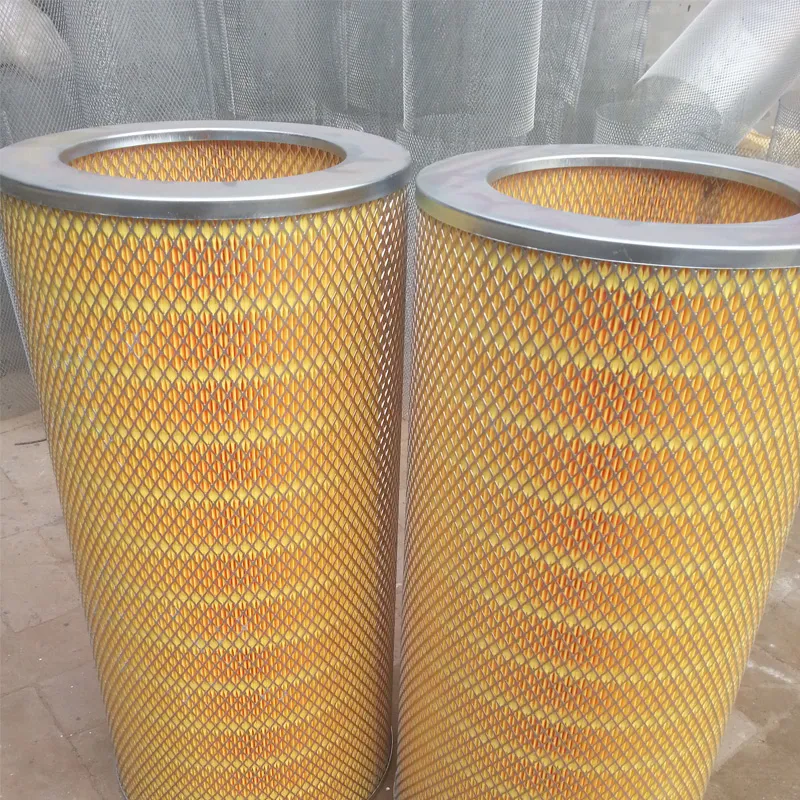
2. Longer Service Life Due to their larger surface area, pleated filters can hold more dust before becoming clogged. This characteristic extends their service life, reducing the frequency of filter changes and maintenance costs.
3. Lower Energy Consumption The efficient airflow facilitated by pleated filters translates to lower energy consumption in the dust collection system. As the pressure drop is minimized, the fan or blower does not have to work as hard, leading to energy savings.
4. Versatility Pleated filters can be tailored for specific applications, making them suitable for various industries, including woodworking, pharmaceuticals, metalworking, and food processing. Their ability to handle different types of dust and particulate matter makes them an excellent choice for diverse environments.
5. Cost-Effectiveness Though the initial investment in pleated filters may be higher than traditional filters, the long-term savings in maintenance, energy efficiency, and replacement costs make them a more economical option.
Applications of Dust Collector Pleated Filters
Pleated filters are widely used in many industrial applications. In woodworking facilities, they effectively capture sawdust and wood particles, providing a safer work environment. In metalworking shops, where metal shavings and grindings are produced, pleated filters ensure that airborne pollutants are effectively removed, enhancing air quality. The pharmaceutical industry relies on these filters to maintain a clean environment critical for product safety and compliance with health regulations. Moreover, in food processing, pleated filters prevent contamination, preserving the quality and safety of food products.
Conclusion
Dust collector pleated filters represent a significant advancement in the field of air filtration technology. Their superior filtration efficiency, extended service life, energy-saving potential, and versatility make them an ideal choice for various industrial applications. As industries continue to prioritize worker health, environmental compliance, and operational efficiency, the adoption of pleated filters in dust collection systems is likely to grow. Investing in high-quality dust collector pleated filters is not only a step toward a cleaner and safer workplace but also a commitment to sustainable industrial practices. In an era where air quality and environmental responsibility are paramount, these filters play a crucial role in shaping a healthier future for all.
-
Working principle of high-efficiency dust filter elementNewsJun.26,2025
-
The truth about washable filters: Does repeated use really not affect efficiency?NewsJun.25,2025
-
Effect of humidity on the performance of activated carbon filter elementsNewsJun.24,2025
-
Material selection considerations for dust removal filter elements under high temperature conditionsNewsJun.23,2025
-
Cold knowledge of air filters: Why are some designed to be pleated?NewsJun.16,2025
-
Factory direct supply! High-precision air filter element wholesale and customizationNewsJun.12,2025

 Email:
Email:
